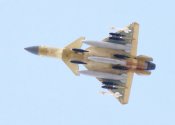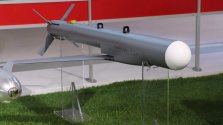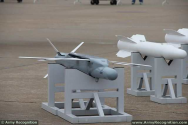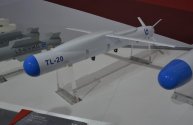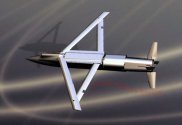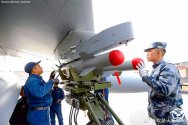So something more like this (which i believe is a 100kg class PGM:It probably can dual mount GB100, the two stations doesn't appear to be asymmetrical.
That said, given it's an industry advertisement, and it looks like they're just flying it on a test aircraft (not even a fighter it seems), naturally that is not confirmation that it is in service with the PLA.
That dual rack and the 100kg and 50kg weapons actually demonstrates why I personally am not very fond of the GB family of PGMs -- because even the 100kg and 50kg weapons here take up quite a large footprint in terms of wingspan, despite being small in weight and despite not even having an extended range wing kit.
For 100kg weapons, the prevailing norm is for them to be SDB type weapons with 100kg range and mounted tightly packed on a quad pack, like so:

For dual racks for fighter aircraft, it is very reasonable to have dual racks of 250kg PGMs:

===
.... Meanwhile, that dual rack, being able to carry likely only two 100kg PGMs (shown with one 100kg and one 50kg PGM), and the 100kg PGMs in question lacking wingkit extensions to be able to achieve 100km-esque range, is immensely underwhelming.
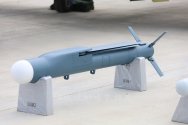
in a tightly packed (quad pack) which should weight around the same as a 500kg class LS6 or GB500 (around 572kg +- 15kg).
That does make sense. But I think GB100 (100kg class) does have its own use on a small light-attack/trainer aircraft or UAV, just probably not ideal on a heavy strike aircraft.

